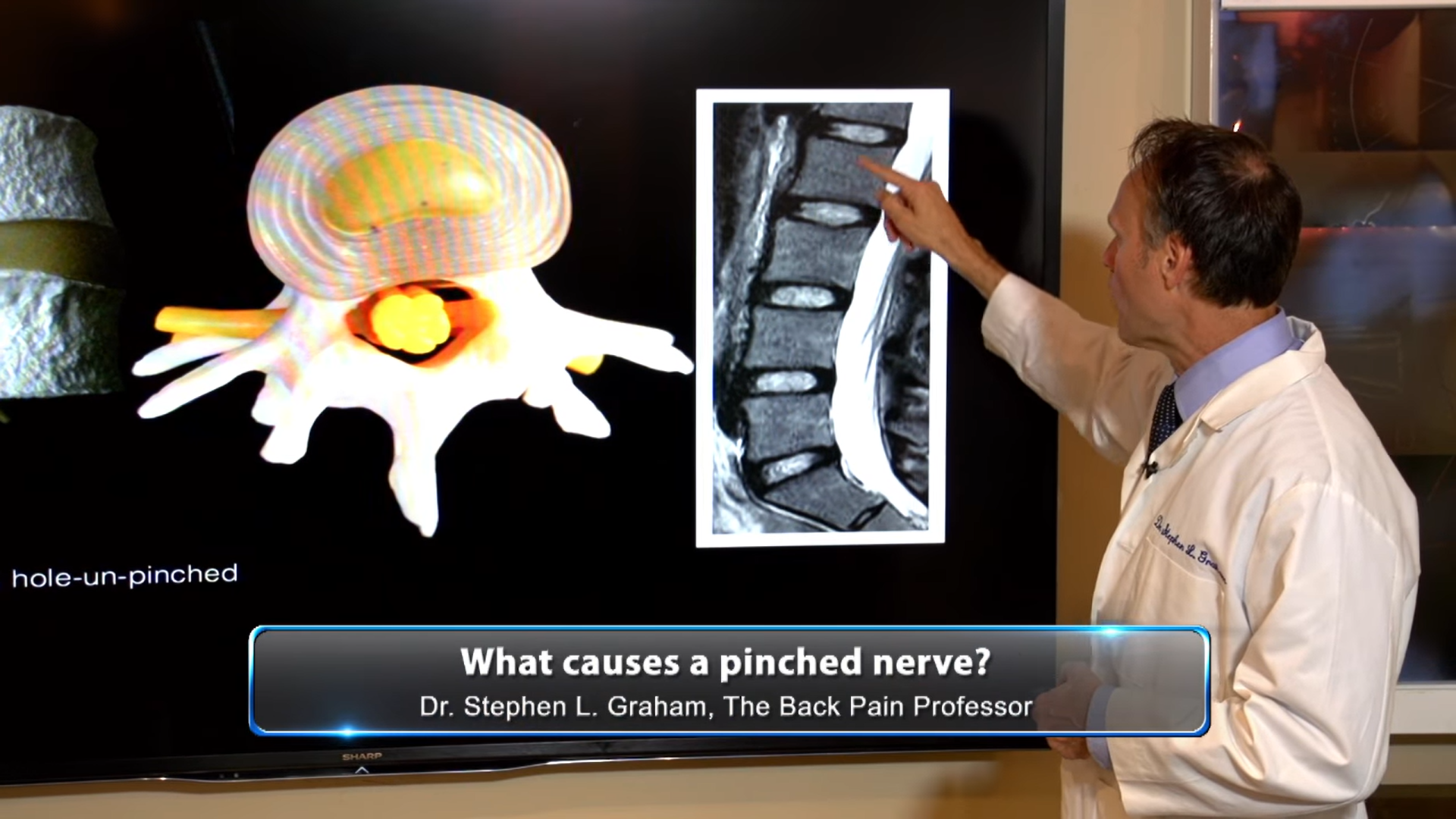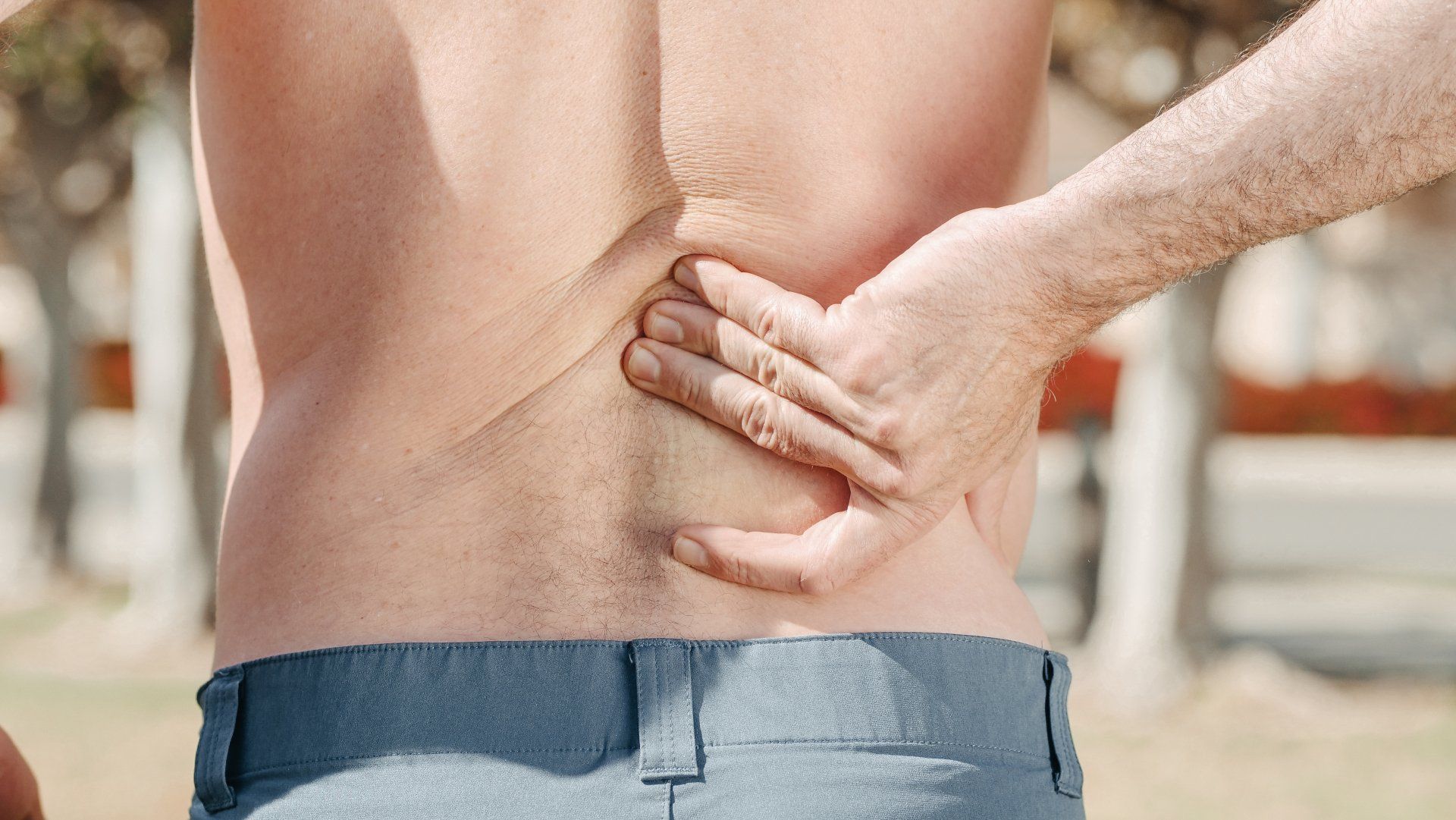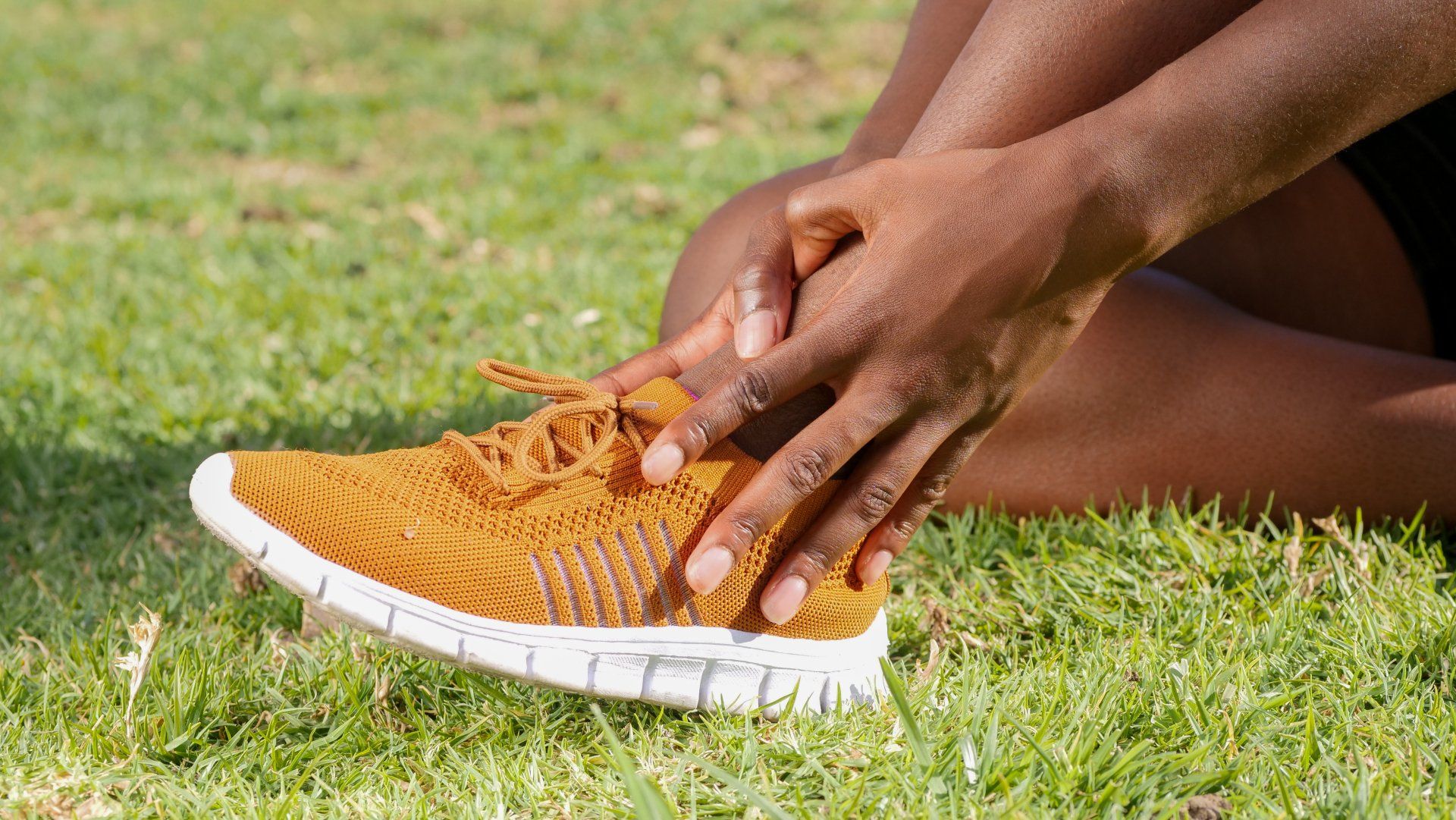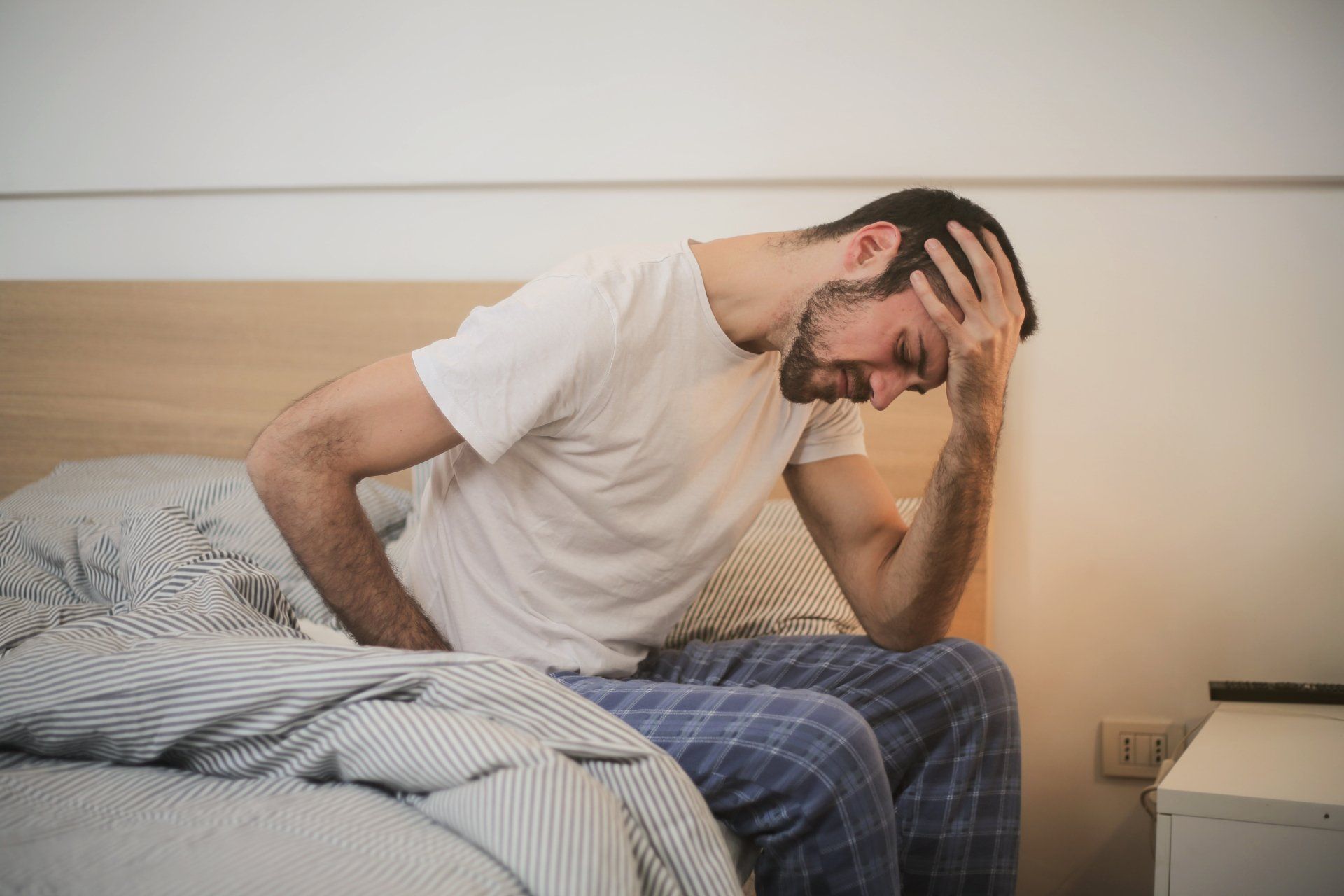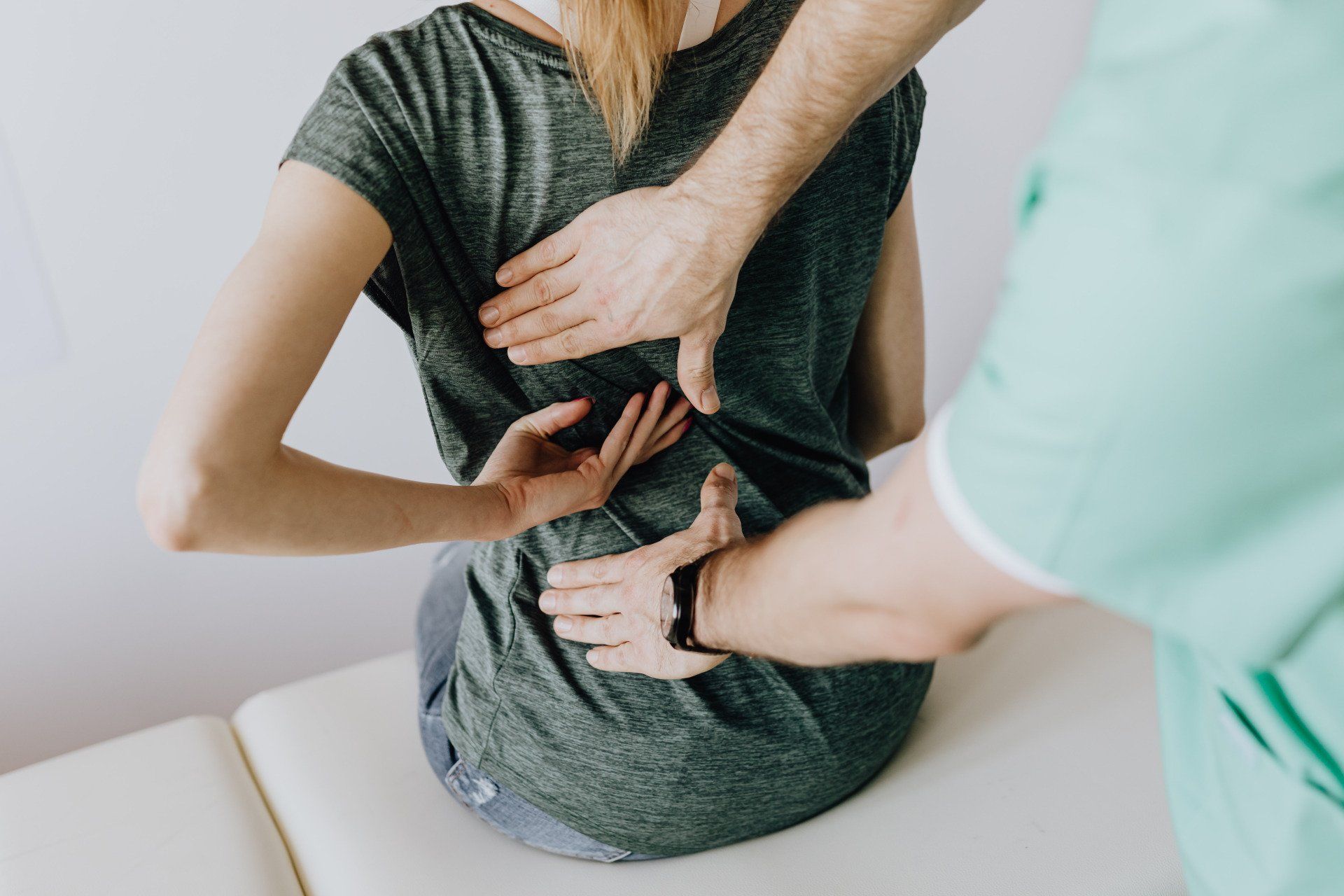Back Surgery
Dr. Stephen Graham discusses the lumbar spine; why people get surgery, and how to treat people that have recurring back pain even after surgery.
Dr. Graham reveals that most people that end up getting back surgery is based a few factors: severe pain in the low back and or leg; loss of muscle strength; loss of reflexes and in some cases loss of bowel and bladder control. Dr. Graham states that the most prevalent reason he sees, is pain.
Some of the orthopedic tests that show up as positive are the traditional straight leg raise; when the patient sits and cannot raise their leg in front of them without their back hurting is a sign that they may have a herniated disc. Other signs that point to a herniated disc are muscle weakness and loss of reflexes, Dr. Graham states.
Dr. Graham reports that MRI is usually the best test to determine if their is a herniated disc. He goes on to say that even though their is a herniated disc does not necessarily mean someone needs surgery. He says you have to treat the patient and not the MRI.
Dr. Graham illustrates his computerized adjusting instrument and how this is very effective for people that have had surgery in the past. Manual type adjusting may irritate the surrounding scar tissue, whereas his computerized adjusting instrument does not as there is no twisting at the area where the surgery was.
Finally, Dr. Graham discusses a few cases that he treated and how they responded to his treatment.
More Graham Chiropractic Blogs
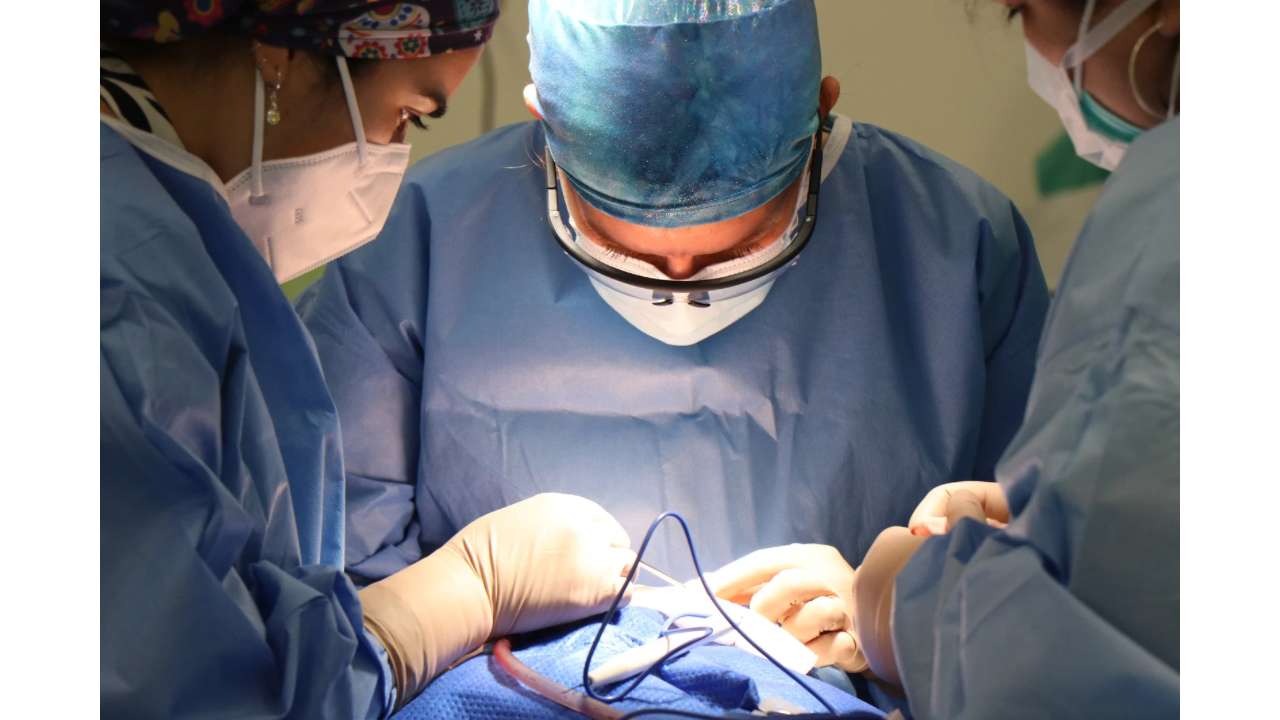


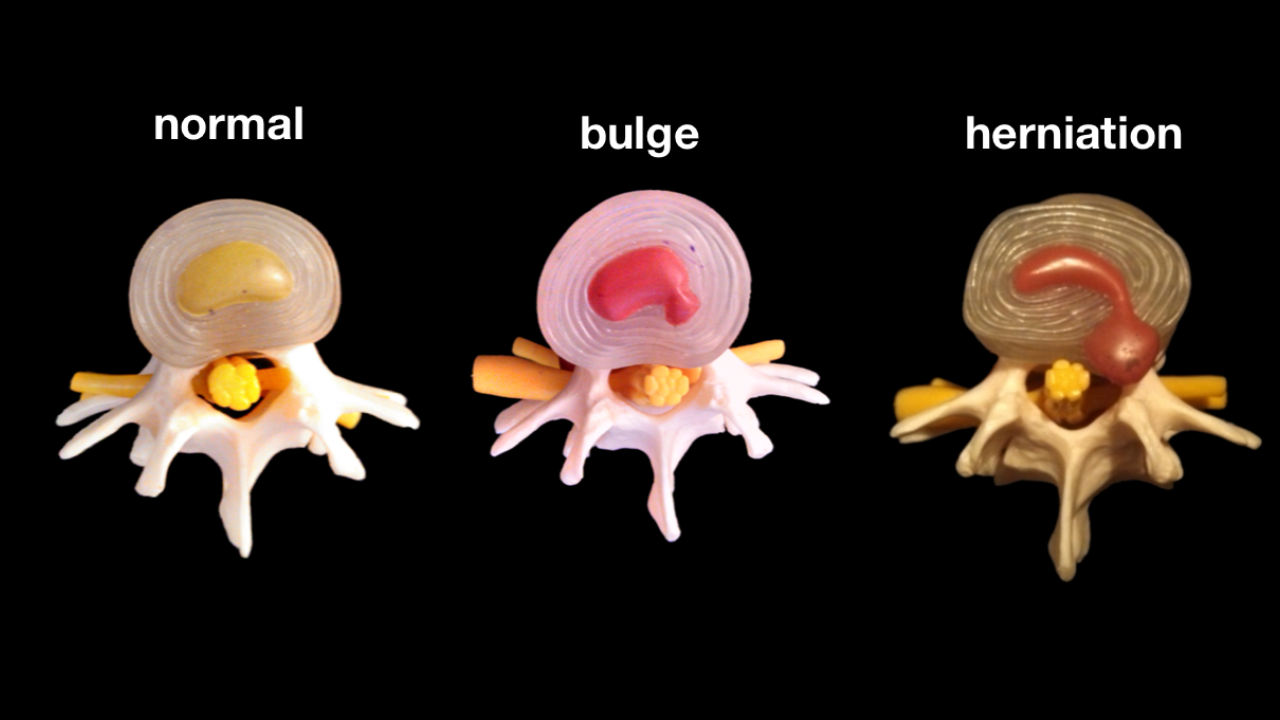
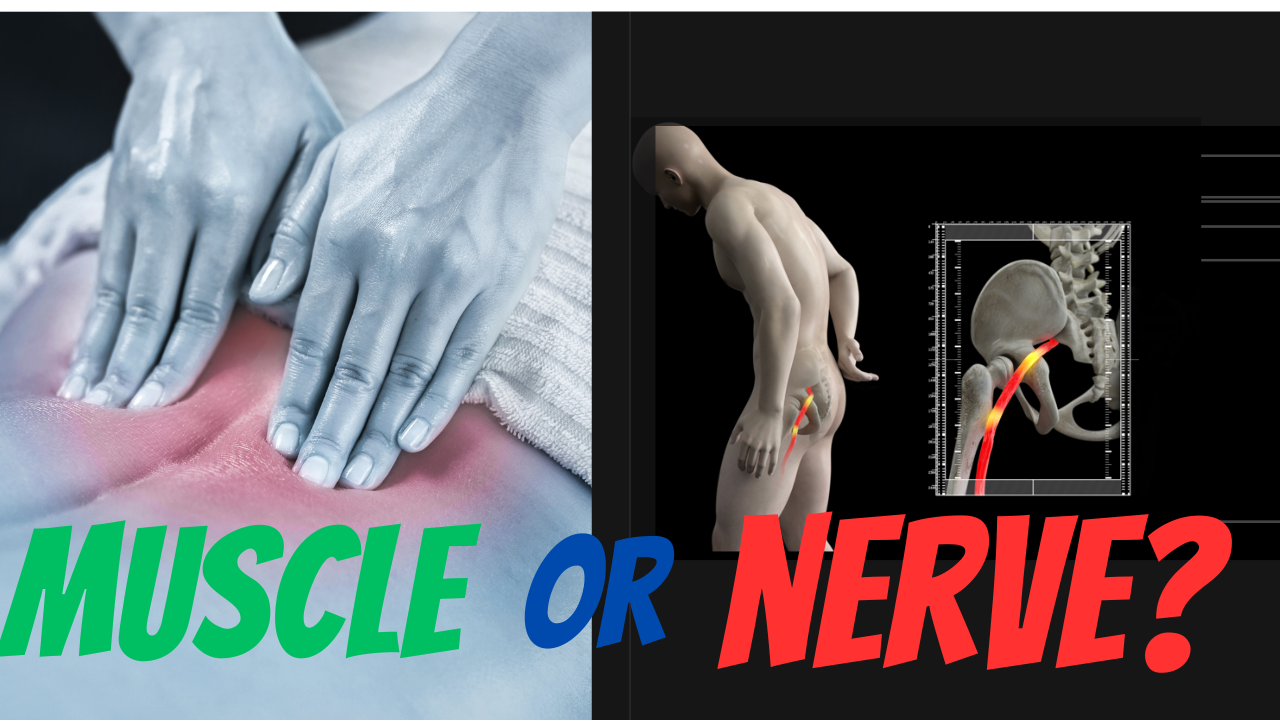
More Graham Chiropractic Case Studies
Useful Links
Office Location
Hours
| Monday | 5:00A - 11:00A |
|---|---|
| Tuesday | 5:00A - 11:00A |
| Wednesday | 5:00A - 11:00A |
| Thursday | 5:00A - 11:00A |
All Rights Reserved | Graham Chiropractic

